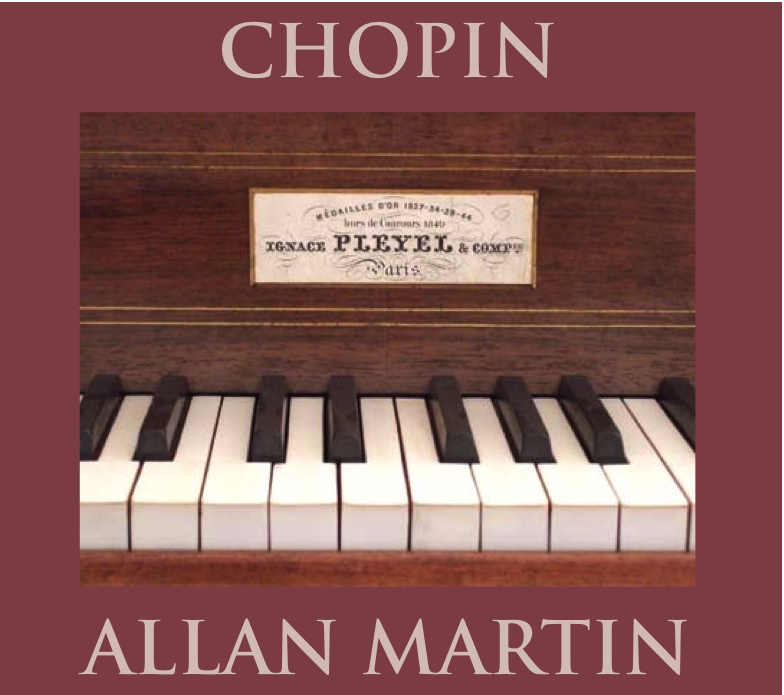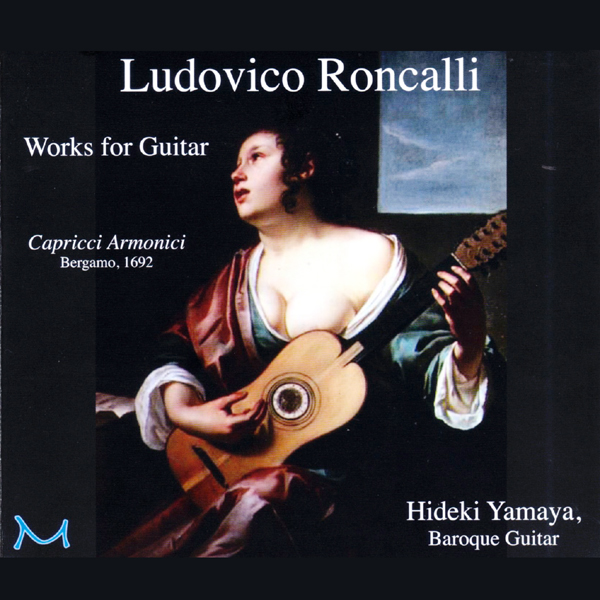
|
go to: North Pacific Music Home Page EMAIL NPM tel: 503.233.0512 POB 82627, Portland, OR 97282-0627 |
by text entry advanced | |||
| site search by freefind | ||||
TRIO 180
| |||
IN REVIEW: STRINGS MAGAZINE August 4, 2016 By Cristina Schreil All three seem to sensitively negotiate the vital contrasts between moments of uplifting happiness and somber, contemplative, lamenting passages central to the dumky form. They play with admirable cohesion...the trio’s pleasing musicality and deft, splendid playing is overall transporting. As the ensemble’s name may imply, it’s worth turning back for another listen." |
Trio 180, the faculty piano trio-in-residence at the University of the Pacific’s Conservatory of Music, is dedicated to its roles as performer, proponent of new music, and educator. In addition to giving concerts and master classes throughout the United States, the trio has been featured on concert series in Mexico and Canada.
Trio 180 performs a wide range of music from the Classical era to the present and is an enthusiastic advocate of new music. The trio was awarded a Barlow Grant in 2006 to commission eminent composer Chen Yi’s first piano trio, Tibetan Tunes (Theodore Presser).
 Allan Martin, born 1954 in San Francisco, grew up in Oregon. He studied piano and composition with the Czech composer Tomas Svoboda in Portland, Oregon, with Claire James, Robert Sheldon and John Adams at the San Francisco Conservatory of Music, and with Colin Horsley and Edwin Roxburgh in London, and has concertized and taught piano near Stuttgart, Germany for over thirty years. He specializes in playing historical pianos from the 18th, 19th and early 20th centuries. A previous CD of his, Everything is Ragtime Now, recorded with the Oregon ensemble De Organographia, appeared on the Pandourion label. |
CHOPIN ALLAN MARTIN Piano Solo Music by Frederic Chopin on Pleyel Piano About the piano The composer Ignaz Joseph Pleyel, born near Vienna in 1757, founded in 1807 one of the most famous and important piano manufacturing companies in France. Pleyel’s son Camille became a business partner in 1815, and in the 1820s – working closely with famous artists of the time – took the leading role in the successful direction of the company. The production rooms in Paris had to be enlarged repeatedly. In 1830 the Salle Pleyel opened its doors. |
Dreamland
|
 The album carries an international theme as well. If You Come from China is written for adoptive families of all shapes and sizes. Part of the proceeds of each CD sale will help fund the Chengde Social Welfare Institute in China, which is home for 40 children who are not up for adoption. |

"Here is tonal and melodic music with wide-ranging sounds, which are
often breathtakingly beautiful, sometimes exciting, and invariably
pleasurable and satisfying. It is all beautifully played and well
recorded. Both soloists have extensive international careers."
[...] |
VOICES OF EASTERN EUROPE
They perform George Enescu's
(1881-1955) 'Sonata for Violin and
Piano No. 3 in A Major, Opus 25' “Dans le caractère populaire roumain”,
a
wildy fascinating impression of the lively, mysterious, passionate, and
colorful Romanian character. |
Every Tendril, a
wish
with various instruments and voice Bonnie Miksch |
 Bonnie Miksch, a composer and performer whose music embraces multiple musical universes, creates both acoustic and electroacoustic works. She is passionate about music which moves beyond abstract relationships into the boundless realm of emotions and dreams. |
 Ensemble De Organographia: Gayle Stuwe Neuman: voice, viola da braccio (early violin), viola da gamba, sackbutt, recorder, cornamuse, ayacachtli (gourd rattle), claves, bell, tabor, tambourine; Philip Neuman: sackbutt, recorder, krummhorn, cornamuse, douçaine, Praetorius and Schnitzer schreierpfeiffen, rackett, tartold, spinettino, shawm, curtal, bagpipe, violone Oregon Renaissance Band directed by Gayle and Philip Neuman: David Bryan: tenor sackbutt, Sharon Cheney: great bass rackett, Daphne Clifton: tenor recorder, Ben Fitch: tabor, Lori Fitch: soprano recorder, Polly Gibson: soprano recorder, Andrew Harris: tenor sackbutt, Kathy Langley: soprano recorder, Cindy Markham: tenor recorder, Kathryn Richer: bagpipe and tenor recorder |
Now make we joye Renaissance Christmas and other Celebratory Music various early instruments Ensemble De Organographia and the Oregon Renaissance Band Directed by Philip and Gayle Neuman |
Wolcum Yole Seasonal Music for Celtic Harp
|

Laura Zaerr began playing the harp at the age of ten. She studied at the university of Oregon under the direction of Sally Maxwell where she obtained a bachelor's degree in music performance and composition. |
 Capricci armonici sopra la chitarra spagnola by Ludovico Roncalli (1654-1713) is the last in a long line of books for the Baroque guitar (or chitarra spagnola as it was called back then) published in Italy, spanning nearly one hundred years. These publications run the gamut from rudimentary instruction books with simple pieces intended for beginners to collections of highly sophisticated music. |
Ludovico
Roncalli Chamber Music Hideki Yamaya, Baroque guitar The latter elevated the status of the guitar from an accompaniment instrument used in popular music to a solo instrument with a serious and respectable repertoire. Capricci armonici contains arguably some of the best music written for the guitar and thus is one of the most important sources for the instrument. |
Cynthia Stillman GerdesAll of the places she's lived have influenced her music:
From the sagebrush and wild west of Pasco and Boise in the "Idaho
Toccata Trio" to the more cosmopolitan influences of San Francisco,
Seattle and Portland. |  Idaho Toccata Trio is a love song to a community (Boise, Idaho) and an era (late 1940s). It's written from the un-conflicted perspective, musically and otherwise, of a ten year old. One melodic motif knits the piece together. |
 The mandolino, or the Baroque mandolin, was the predecessor to the modern mandolin. Unlike its offspring, it had 6 courses of strings (instead of 4) and was mostly played with the fingertips (instead of with a plectrum). Though mostly unknown today, it enjoyed a modest popularity in the 17th- and 18th-centuries and a sizeable repertoire. |
THE MANDOLINO IN
18TH-CENTURY ITALY Chamber Music Hideki Yamaya, mandolino John Schneiderman, lute This recording contains pieces from the Filippo Dalla Casa Manuscript, dated 1759 from Bologna, Italy. Though by mostly unknown composers, the quality of the music is very high and compares with the best lute, keyboard, and chamber music from the period. Mandolino is played by Hideki Yamaya, and continuo on lute is played by John Schneiderman. |
 recent reviews cello: Nina Flyer piano: Chie Nagatani story: Munro Leaf The Carnival of the Animals music: Camille Saint Saëns arr: Mark Fish poems: Ogden Nash The Mother Goose Suite music: Maurice Ravel arr: Mark Fish 
|
 "Yes, the stuff of kids
entertainment now is cool and fun, and reaching for relevance with more
educational titles, but nothing beats sitting, just quietly, and
listening to a story. It stirs the imagination; it reaches the soul, and
quiets the noise of a distracted life. And I think that may be one thing
that's missing for kids now - the overscheduled, over-stimulated,
over-merchandised under-10s of our society just don't have the time to
sit and think, daydream, and imagine, free from the clamoring
advertising and relentless schedule. And I think classical music is a
perfect opportunity to unplug, tune in, quiet the noise and engage the
imagination. Ferdinand the Bull and Friends is a wonderful addition to
the family music library for those reasons and I recommend it to anyone
feeling a little frazzled and distracted, who could use a nice break for
the soul to gather itself again to face the world anew." |
 |
NPM Artist News |

|
|
|
|
|

|

|


|
Cantores in Ecclesia
|
 |
|
LINKS |
FREE SHIPPINGon all orders to US addresses
|